Carbon Farming: The Future Where Soil Pays You Back
Table of Content
As the globe fights climate change, carbon farming is becoming a groundbreaking option that benefits farmers and the environment. Making agricultural land a carbon sink makes soil a valuable resource with a return. Let’s discuss this in detail.
What is Carbon Farming?
Carbon farming involves capturing and storing atmospheric CO₂ in soil and plants. It reduces greenhouse gas emissions and carbon sequestration in an environmentally and economically sustainable way. Tractors like Eicher 557 4WD Prima G3 play a major role in this type of farming.
Common Carbon Farming Practices
- Cover cropping: Planting crops that cover the ground helps to minimise erosion and improve organic matter.
- Reduced tillage: It helps to minimise soil disturbance, thereby maintaining carbon trapped in the ground.
- Agroforestry: It is the method of adding trees to farms to capture more carbon dioxide.
- Composting: Organic manures help to improve soil quality and raise its carbon-storing ability.
- Rotational grazing: It is the management of cattle movement to rebuild grasslands and store more carbon in roots.
Why Does Carbon Farming Matter?
There are many advantages of carbon farming; the most important among these are:
- Prevention of Climate Change: Carbon farming significantly lowers atmospheric CO₂ levels, thereby helping to slow down global warming.
- Advancement of Soil Health: By increasing the nitrogen level of the soil, these techniques help to improve its fertility and water retention ability. In straw management, Agrizone Sartaj straw reapers can be quite beneficial.
- Increased agricultural output: Good soil helps to improve crop development, therefore gradually raising agricultural output. Modern tractors such as Sonalika Tiger DI 55 4WD with sophisticated tools will increase the earnings.
- Financial Reward Systems: Farmers can create carbon credits by using carbon-friendly techniques, which can subsequently be sold in carbon markets, therefore producing a new source of revenue.
How Do Carbon Credits Operate?
A carbon credit refers to one metric tonne of CO₂ removed or prevented through carbon farming. Farmers can get credit when they use methods that result in quantifiable carbon sequestration. Businesses trying to offset their carbon footprint purchase these credits, essentially paying farmers to store carbon in their soil.
Steps to Monetise Carbon Farming
- List your carbon credits on a licensed carbon market.
- Sell credits to governments or businesses.
- Look at certified carbon farming techniques to generate some money from your property.
- Check third-party standards to evaluate carbon sequestration performance.
Challenges and Considerations
Carbon farming sounds great, but it's got its fair share of challenges:
- Verification costs are high, especially for smaller farmers.
- You’ve got to be in it for a long time because it can take years to see the full results.
- Access to carbon markets and understanding carbon measuring can be a bit limited.
But as support and awareness grow, these hurdles are slowly being cleared away.
Conclusion: The Future of Agriculture is Green
Carbon farming presents a special mix of environmental responsibility and financial possibilities as world pressure increases to address climate change. Indian farmers, along with others across the world, can transform their land into a source of revenue. Also, they can help to create a better planet with the correct support, training, and access to carbon markets.
The lesson is obvious in this new age of agriculture: Healthy soil isn’t just the foundation of food—it’s the foundation of climate solutions.
Stay Connected to Tractor Gyan
Tractor Gyan is a one-stop solution to learning about the latest trends in agriculture, including hydroponic farming and carbon farming. Also, you will get all the latest updates related to tractors and other farming implements.
Category
Read More Blogs
The Express Awards for Women Entrepreneurs 2025 in Mumbai honored 13 inspiring women across diverse sectors. Among these, Mrs. Mallika Srinivasan, Chairman and Managing Director of Tractors and Farm Equipment Limited (TAFE), received the Lifetime Achievement Award.
Shrinivasan's Opinion About the Award
While...
In tractors, the Clutch is a vital part that links PTO (Power Take-Off) to the engine and gearbox. Knowing the several kinds of tractor clutches and their maintenance can help you extend the life of your tractor and increase efficiency, whether you...
Uttar Pradesh is the biggest agricultural state in India. The main crops grown here include wheat, sugarcane and pulses. Here, different types of soil, such as loamy, alluvial, and black soil, are available, which require different kinds of tractors depending on the...
Write Your Comment About Carbon Farming: The Future Where Soil Pays You Back
.webp&w=1920&q=75)
Top searching blogs about Tractors and Agriculture
30 Jul 2025
30 Jul 2025
29 Jul 2025
08 Sep 2025
03 Jul 2025
30 Jul 2025
30 Jul 2025
30 Jul 2025
29 Jul 2025
30 Jul 2025
29 Sep 2025
31 Jul 2025
30 Jul 2025
31 Jul 2025








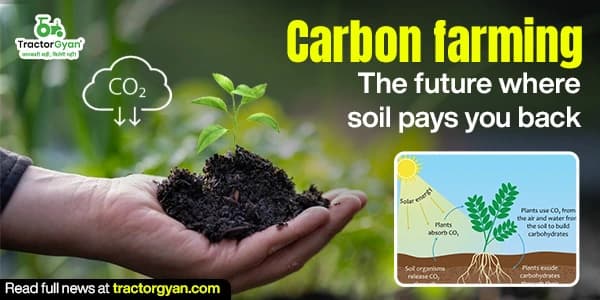






.webp&w=2048&q=75)
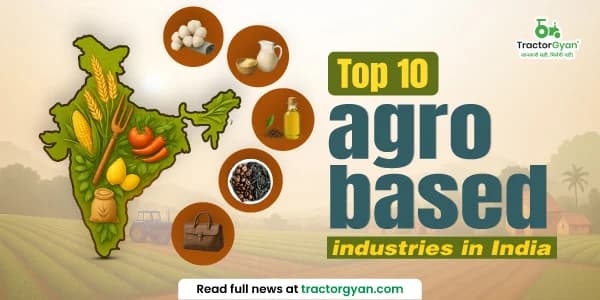
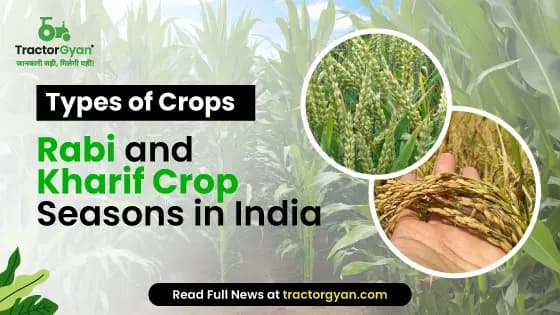

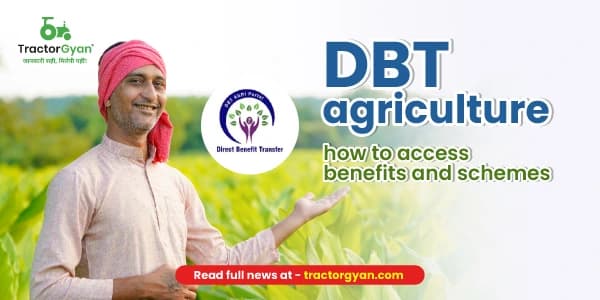
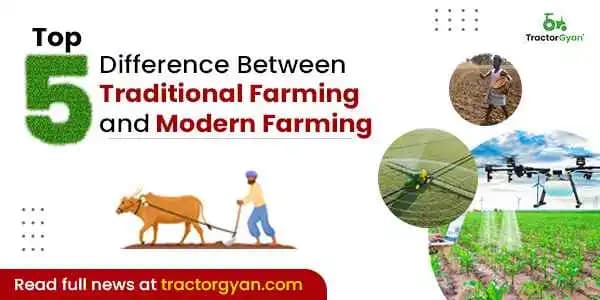
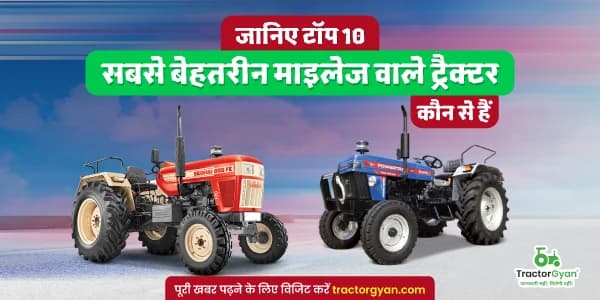
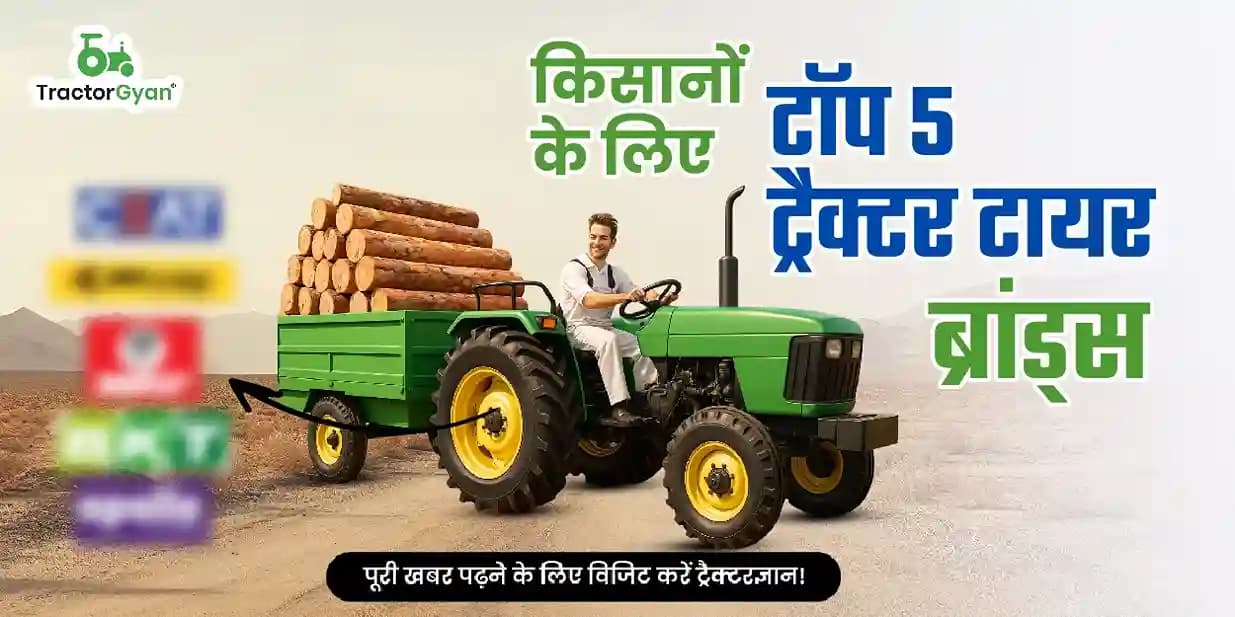

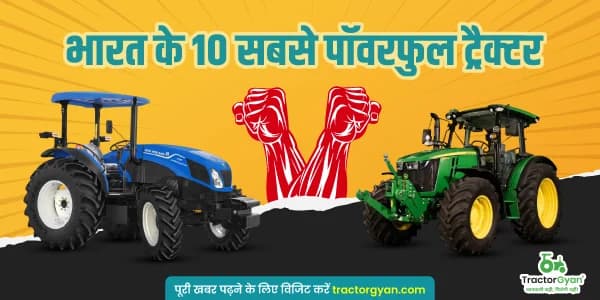
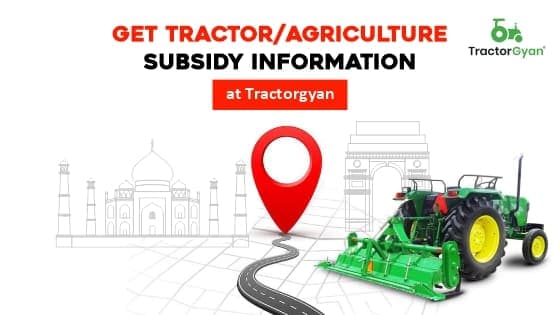
.webp&w=2048&q=75)
.webp&w=2048&q=75)



























